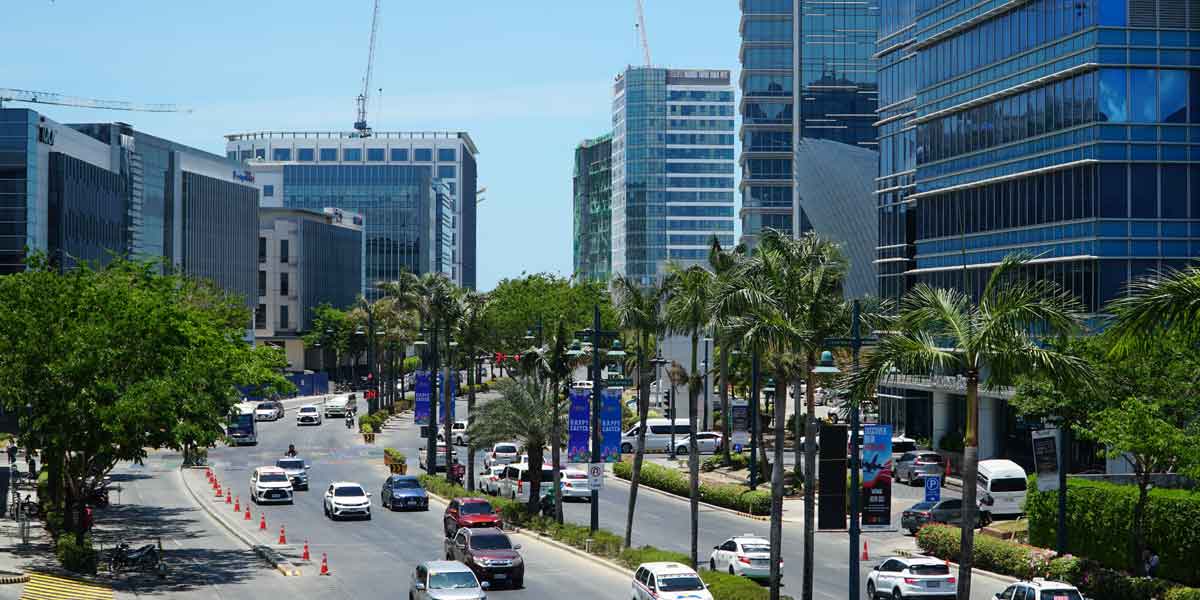
By Rjay Zuriaga Castor
Who is to blame for the massive and ongoing power outage in Western Visayas?
For the National Grid Corporation of the Philippines (NGCP) it’s the shutdowns of the major power plants in Panay Island on Tuesday, January 2.
“The unscheduled maintenance shutdowns of the largest power plants in Panay island was the primary cause of the power interruption. We emphasize the need for improved planning to ensure sufficient generation per island, with a well-balanced mix of fuels and technology,” NGCP said in a statement on Wednesday.
NGCP reported that it initially observed a tripping at the Panay Energy Development Corporation (PEDC) Unit 1 coal-fired power plant in Lapaz, Iloilo City.
According to the Department of Energy (DOE), the tripping of Unit 1 of PEDC was caused by a “boiler feed pump issue.”
This tripping incident subsequently affected PEDC Unit 2, Palm Concepcion Power Corporation (PCPC), and other power plants across Panay Island due to grid voltage imbalance.
PEDC units 1 and 2 can generate 83 MW each, while PCPC can generate 135 MW.
The DOE said NGCP is still analyzing the data to determine the cause and order of tripping of other power plants in the Panay grid.
“With the tripping of 3 of the largest power generating units and the planned maintenance shutdown of PEDC Unit 3, 451 megawatts (MW) or 68.75% of the total 656 MW in-island generation was lost to the Panay sub-grid,” the NGCP stressed.
PEDC Unit 3, capable of generating 150 MW, has been undergoing annual preventive maintenance since December 19, 2023. Its preventive maintenance work was initially scheduled on December 12, 2023, but was postponed upon NGCP’s request.
Global Business Power Corporation, an independent power producer operating baseload power plants in Iloilo through a PEDC, said the tripping of PEDC Unit 1 was due to the “momentary activation of vibration protection of Boiler Feedwater Pump (BFP) during load reduction, following the real time dispatch (RTD).”
The RTD is determined by an independent electricity market operator and must be followed by power plants like PEDC.
PEDC Unit 1 immediately restarted but it was interrupted due to a total blackout of Panay grid at around 2:19 pm on January 2.
PEDC Unit 2 also tripped due to the abrupt drop in grid voltage, prompting its shutdown.
“Upon receiving stable feedback power from the grid operator (NGCP), Unit 2 promptly initiated start-up procedures and successfully synchronized with the grid at 11:45 pm on January 2, 2024. PEDC Unit 1 followed suit and synchronized at 7:45 am on January 3, 2024,” the PEDC statement added.
The two PEDC units returned to full capacity around 3 pm Wednesday.
“According to the 3:00 PM power update from the grid operator, PEDC Units 1 and 2 are currently contributing a combined capacity of 139.6 MW which is the expected supply, representing a significant portion of the operational power generation units. Meanwhile, PEDC Unit 3 is presently undergoing its scheduled Preventive Maintenance Schedule/Shutdown, which commenced on December 19, 2023, with necessary approvals from regulators, including the grid operator.”
On the other hand, NGCP attributed the lack of power supply in the Panay grid to the maintenance shutdowns and deration of plants outside the Department of Energy’s (DOE) approved Grid Operating and Maintenance Program.
As of Wednesday afternoon, January 3, a total of 243.5 MW is loaded to the Panay grid, supplied by 200.1 MW from Panay power plants and augmented by 47.5 MW from other sources.
Only 10 of the 13 plants in the Panay grid are operational as of writing. PEDC units 1 and 2 have already been stabilized back to the power grid.
“We will be restoring loads conservatively, by matching loads to restored generation, to prevent repeated voltage failure. NGCP is ready to transmit power once it is available,” the NGCP said.
The transmission service provider clarified to the public that it does not generate but only transmits power.
The NGCP has had sole control over the country’s nationwide transmission grids since 2009. It is in charge of “operating, maintaining, and developing the country’s state-owned power grid.”
‘BETTER’ RESPONSE NEEDED
The DOE called on the NGCP to adhere to its responsibilities as System Operator (SO) in ensuring supply security and reliability of the country’s state-owned power grid.
The NGCP “could have exercised, in a better manner, its responsibility in balancing the said grid,” the agency added.
The DOE pointed out that NGCP, having the sole responsibility to monitor the grid 24/7, is in a position to immediately coordinate with the power plants to ensure that their respective unit protection and control settings will not cause grid instability that could lead to blackouts.
The NGCP was only able to release a public announcement of the system disturbance at 5:16 p.m. on Tuesday.
In the case of Iloilo, the NGCP was only able to energize the Sta. Barbara-Baldoza 69kV lines at 4:30 p.m.
The DOE has urged the NGCP to be at the forefront in informing Western Visayas residents on the power situation, including hourly updates and restoration timeline.
According to Energy Undersecretary Rowena Cristina Guevara, the “NGCP is in a position to anticipate system disturbance.”
Guevara added that the system disturbance that happened in April last year in the Panay and Negros Sub-grids was already a lesson for all the stakeholders involved.
She further emphasized that what happened yesterday could have been resolved differently.
The DOE is set to have an emergency meeting, to be held virtually today, January 4, regarding the ongoing power outage in the entire Panay Island.
The meeting is expected to be attended by NGCP, power sector stakeholders, and local chief executives affected by the power interruption.






















